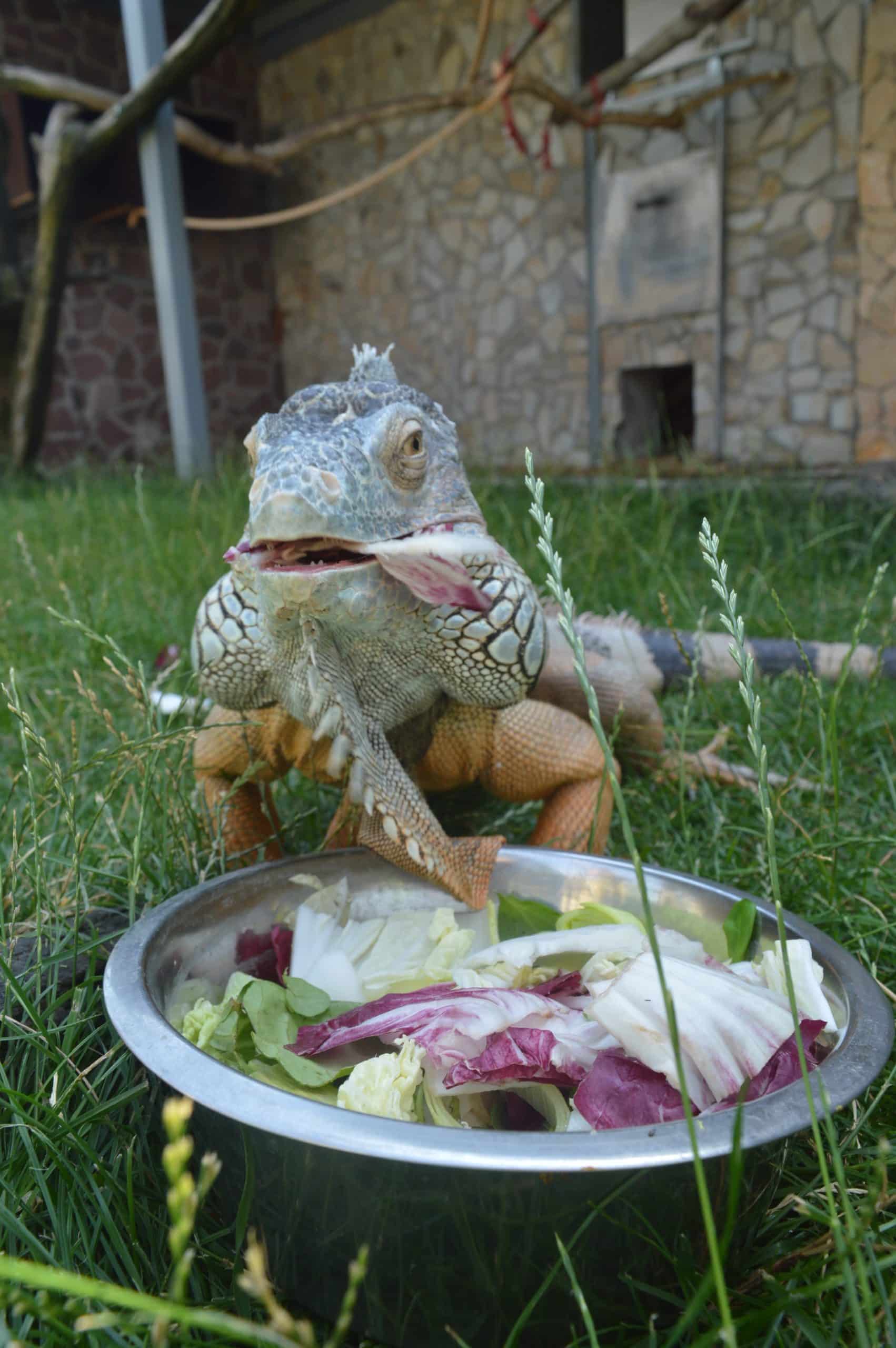It is one of the largest reptiles on the American continent. The adult female has a finer body structure than the male, and the lobe of spines on the back is also smaller. Young males are lighter in color with an indistinct throat lobe and small dorsal spines. The adult male has gray-green scales, a prominent throat lobe, and long, curved dorsal spines along the spine. The grayish or green color of the body provides them with excellent camouflage. The claws are very long and curved, thanks to which the animal holds securely and firmly on the branches. The female also uses them when digging. The tail can be up to three times longer than the body. It is muscular, flattened on the sides and the iguana uses it as a weapon in case of danger.
Tropical forests suit it best, but it can also be found in marshy areas, on sea coasts or in the savannah. It can climb very well and uses all plant levels of the rainforest from the ground to the crowns of trees at a height of 30 meters. It climbs to the ground for food in the evening. It likes to hang out on branches above the water, where it seeks refuge in case of danger.
Adult males are territorial, defending themselves with tail flicks and claws. Iguanas use the erect spines on their backs as a threat.
The female digs a nest hole, which can be up to 30 centimeters deep. He chooses a suitable place in terms of temperature and protection from enemies. He then digs the nest hole, presses it down with his head and runs over it several times to erase all possible traces. The newly hatched chicks are approximately 20 cm long and are self-sufficient.
Despite being hunted for meat and caught for sale to breeders, the population of this species is numerous.
In captivity, they can recognize their owner, they are sociable and very curious.
Iguanas are excellent swimmers, they like to bathe and cool off in the water tank, and bathing also helps with emptying and hydration.
Sometimes several females lay eggs in one hole one after the other, which then helps the hatchlings get to the surface of the earth as quickly as possible.


